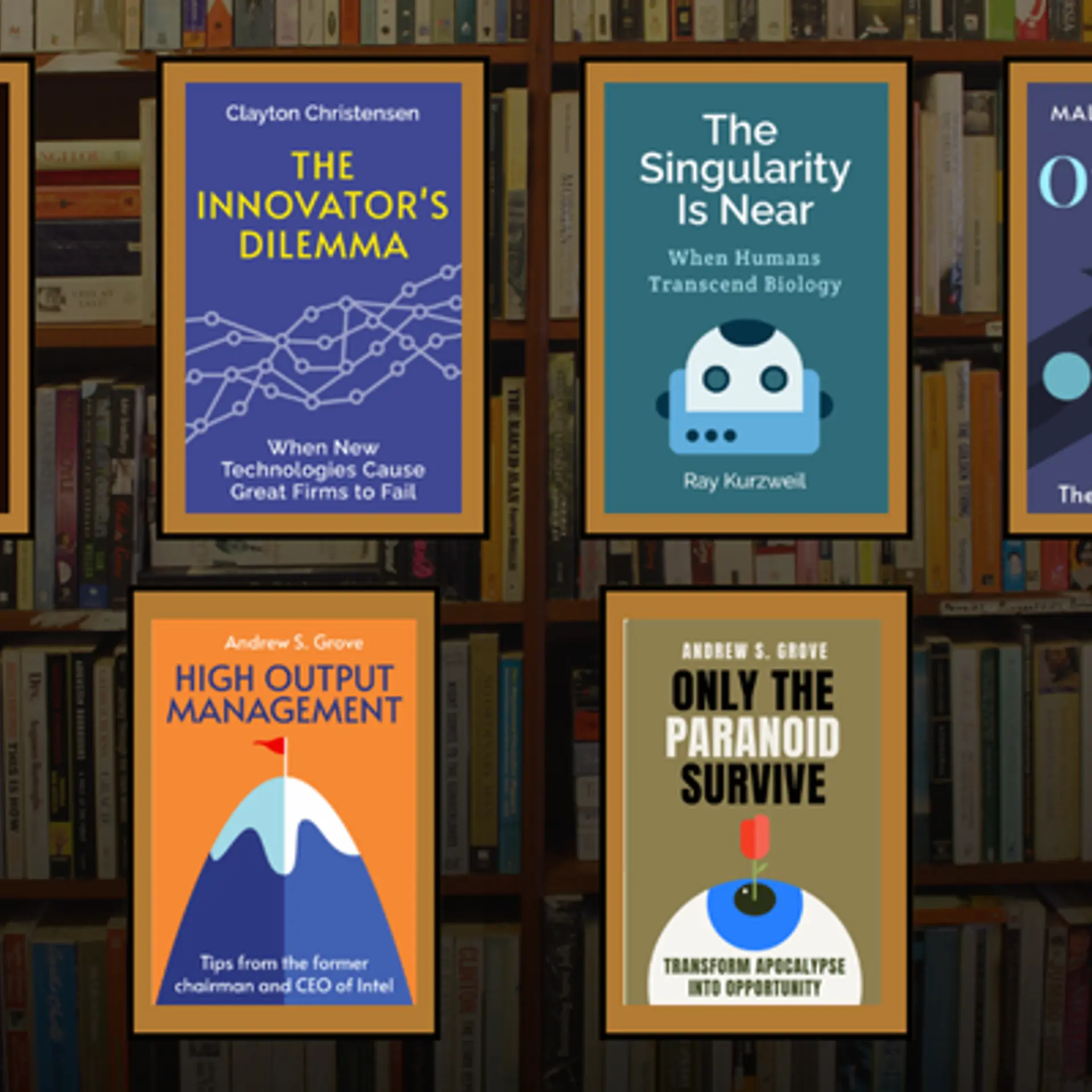How e-learning is transforming our education system with a tech-driven approach
E-learning not only eases the process of learning, but also generates a significant amount of data that can be further analysed through technology to train and personalise content for students.

Technology has today become an integral part of our daily life. It assists us in everything - from shopping, banking, and Artificial Intelligence (AI)-driven portfolio management to learning a new language via an easy-to-use smartphone application. The merits that technology has been transferring to us are simply innumerable. But how effective can it really be in the field of education?
Why e-learning is the next logical step?
Innovation in science and technology has transformed the very fabric of our society. However, what remains unchanged has been our education system and how a student’s academic needs are met within a classroom. Every classroom consists of students who have different levels of maturity in thinking and learning styles and hence, different pedagogical needs. For example, a student could perform well in theoretical topics, though he or she might not be as good in numerical problems, and vice versa.
Further, few students need special attention so that they are able to perform optimally consistent with their individual capabilities. This is where the primary challenge lies. Understanding and addressing everyone’s needs is simply not feasible in a typical classroom. Moreover, with the broader picture in view, Indian metropolitan cities generally have good teachers in terms of quality compared to their counterparts in smaller towns. This creates an uneven playing field in the quality of education among different regions in the country.
Simply put, due to the unavailability of resources, even the best-performing student from a smaller city or a village might perform mediocre in urban region. These are some of the challenges experienced by our education system today. Luckily, the advent of edtech sector or e-learning industry is helping address these challenges. The edtech sector is growing with a CAGR of 20 percent at present (or about three-times our GDP growth rate) and is estimated to reach a market size of $1.96 billion by 2021. The paid subscribers in India, which were 1.6 million back in 2016, are projected to become 9.6 million by 2021, which is a six-fold increase.
Aiding e-learning with superior technological intervention
The biggest advantage the edtech sector enjoys is that it not only eases the process of learning, it simultaneously generates a significant amount of data that can further be analysed. It can then be used to increase the efficiency of pedagogical training through extensive personalisation based on a student’s individual needs.
By leveraging this data, e-learning platforms can also identify a student’s distinctive academic needs, natural flair for learning, and also keep a tab of his/her progress across a wide variety of subjects (directly and indirectly related). On a broader scale, the in-depth analysis of this data can also help in enhancing our education system, course progressions, and teachers’ skill development using the derived insights.
Currently, artificial intelligence is proving to be a game-changer across industries. This also holds true for the edtech sector. Machine learning (a subset of AI) is being employed to combine multiple aspects such as the time taken by a student to answer a particular question (as compared to the average time taken), the student’s ability to answer it correctly, the performance of a student on a related topic, and so on.
It also identifies which approach is effective for a certain student and handcrafts the course progression accordingly using such insights. Moreover, Big Data enables edtech platforms to draw additional insights from the collated data. This helps in profiling students more aptly and tailor teaching styles to the effective pedagogical model.
Technological intervention not only serves the purpose of training students, it also ensures that they remain engaged throughout. Gamification of courses and the use of interactive media and visual animations are a few good examples. Perhaps, one of the most key technologies are Content Distribution Networks (CDNs).
However, according to the State of Online Video report, one of the main challenges here is video re-buffering, which turns out to be the most unsatisfying element of online video viewing. It was observed in the global study that two-third of the viewers stop watching a video if it buffers for the second time.
Students, who are relatively more attention deficient, cannot be expected to stick to even a gamified and engaging content if it is not seamlessly delivered. This area is addressed with the CDN-based content dissemination.
CDN players – through an array of Information and Communications Technologies – identify the device that an end-user is using, the local environment of the device, the content format supported, prevailing network condition, and a number of other factors that affect the content delivery. It then sources the content via the closest data centre to the end-user through a private internet infrastructure (comprising optical cable) to ensure that such buffers do not happen. And by doing so, it ensures that the viewers – in this case students – do not experience a similar challenge.
Technology, no doubt, is making waves in traditional industries. It is making our education – and with it – our education system – more futuristic, engaging, and effective than it has ever been before.
(Disclaimer: The views and opinions expressed in this article are those of the author and do not necessarily reflect the views of YourStory.)







